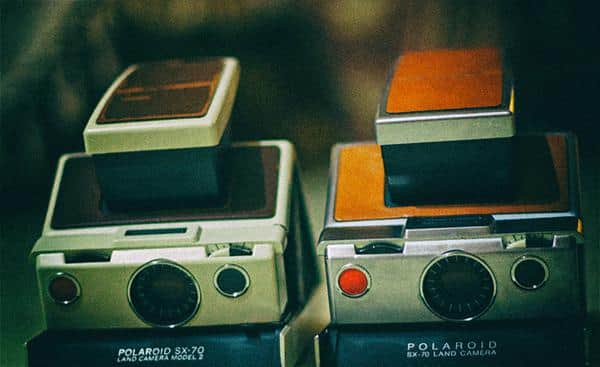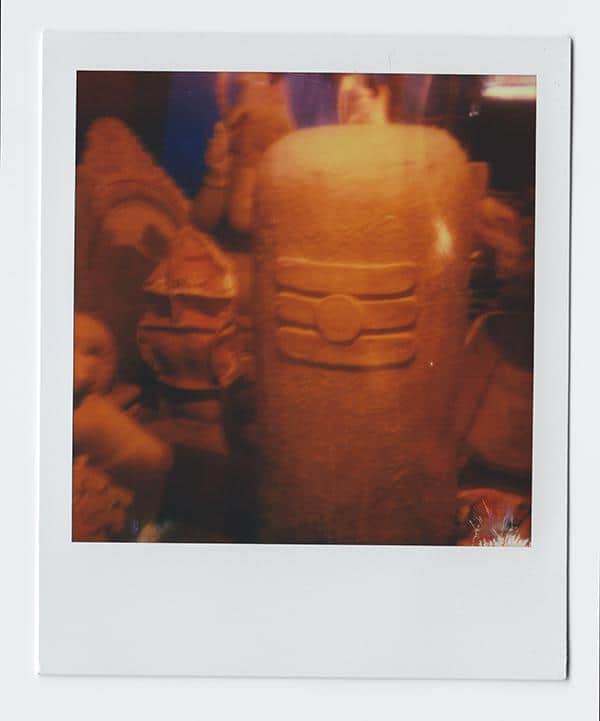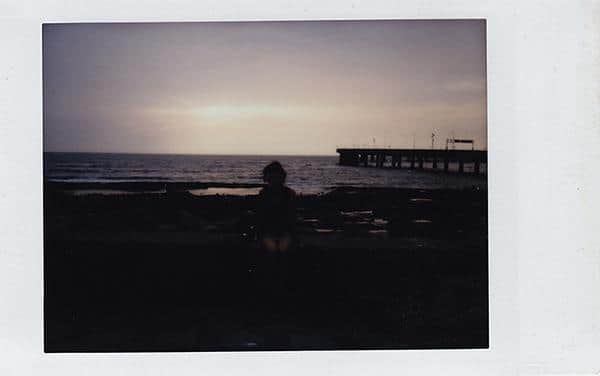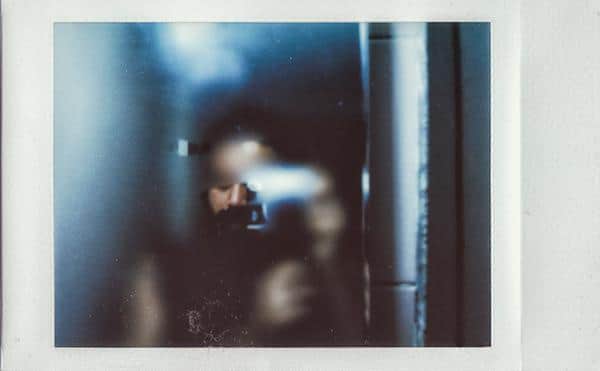About five years or so ago, I had the pleasure of playing around with four Polaroids, shopped from around the world. It was my instant gratification phase, and the love of everything that The Impossible Project is trying to achieve.
At that point in time, the good guys at the Impossible Project were experimenting with new instant processes which wouldn’t violate Polaroid’s original IP; that was sold when Polaroid decided to stop manufacturing its analog instant film products, after its second bankruptcy filings. This was 2008.
Florian Kaps of Polaroid.net fame, and Andre Bosman, the former head of film production at Enschede in partnership with Ilford came up with a plan to redesign the SX70/600 film system. Thus came to be the Impossible Project; in a gist.
TRAILER/ TIME ZERO: the last year of Polaroid film. The entire film is available on Netflix, Amazon, iTunes, etc.
The first films released were the PX100 and the PX600, to be used with the SX-70s, and the 600 types. And, they were costly. Especially for someone, who’d be just starting out in the instant lane of things. Most of the first film packs would have weird outcomes, some would tear, some would not get exposed, thus not develop. At first, I thought of this as a problem with the camera itself. Which led me to shop for 3 more polaroid instant cameras (another SX-70 & two 600s), and give-in the one I had for fixing, servicing, and refurbishing. All of this did not help any; except to prove that the camera(s) was fine.

The two SX-70s, I had tons of fun with these two.
The film used to cost around 22+ euros + 10 euros for shipping. Each pack of film would contain 8 exposures. It still costs about the same. That’s about 3.75 euros or about 276 INR per exposure. On an average, from the 8 in the pack, about 5 would develop evenly, and great. The other 3 would end being wasted, due to errors on my part or the problem with the film at that point in time. Which meant that one exposure then would cost about 5 euros or 368 INR. Compare that to a 35mm Ilford roll with per exposure costing around 0.125 euros, about 10 INR or an Instax mini film pack with per exposure costing around 0.68 euros, about 50 INR, the Impossible Film packs were definitely some of the most expensive films I’ve had the luxury of using.

One of the exposures from the SX-70s. Notice the white splash at the end of the film.
Fujifilm’s Instax Mini 90 Neo Classic
The cost per exposure factor, led me to invest into the Instax Mini 90 Neo Classic. And, I remain delighted every time the exposure pops out of that little magic box of a camera.
It’s an excellent camera for learning, experimenting, and having fun. Its consistent, and sturdy. It’s more plastic that I would prefer, but it surpasses expectations easily. Its small enough to be carried as a second or a third camera. That’s what I do. Loading, and unloading the film is super easy, and quick. The colors are awesome, and it simply does what it sets out to achieve.

Using thhe dark setting/mode on the Instax Mini 90.
What I do love the most about the camera is that its not just a simple point, and shoot. You’ve access to all these settings, and modes that prompt you to be creative while making exposures; including a double exposure mode. The Instax Mini 90 Neo Classic is a small little treasure in itself.

Playing with steam, using the Instax Mini 90 Neo Classic.
The thing that I do not like is the big name - Instax Mini 90 Neo Classic. It sounds crowdsourced. It does come with a slight learning curve, but that too comes with its own fun times.
Would I recommend it to anyone, to you? Definitely, yes. Go for it. And, if you could wait for sometime to get your instant gratification on (see what I did there?), then (at the time of writing this post) Leica is coming up with its own instant for about $300 - $400 USD; the Leica Sofort. It takes the same film as the Instax Mini 90, and its been called as the rebadging of the Instant Mini 90 Neo Classic. It will be out in the stores around November 2016. I’d wait, and get my hands on that; Leica lens, and all. Although, the Fujifilm Instax Mini 90 Neo Classic is about $150USD. So, if you’re willing to let go of the Leica badge, and some tweaks then getting the Instax Mini would save you around $150USD; for almost the same results. You could even end up buying two Fujifilm instant cameras for that matter. One could be the Instant Mini 90 Neo Classic, and the other could be the Instax 210 or the Instax Wide 300. That’s what I’d do. There’s also the Lomography Lomo Instant Camera, which like the Leica, uses the same Instax mini film as the Instax Mini 90 Neo Classic.
Some Helpful Videos On Instants
Originally I planned to do a small review video, and there are tons of them on youtube already. So, instead some of the more interesting ones are embedded below.
Fuji Instax Comparison by Photography Concentrate
FUJIFILM instax WIDE 300 vs instax 500AF vs instax mini 90
Lomo Instant Camera - Review
Instax Wide SHOOT-OUT! Lomography Lomo'Instant Wide vs. Fujifilm Instax Wide 300
Fujifilm Instax (Polaroid) Camera How To + Review // Magali Vaz
